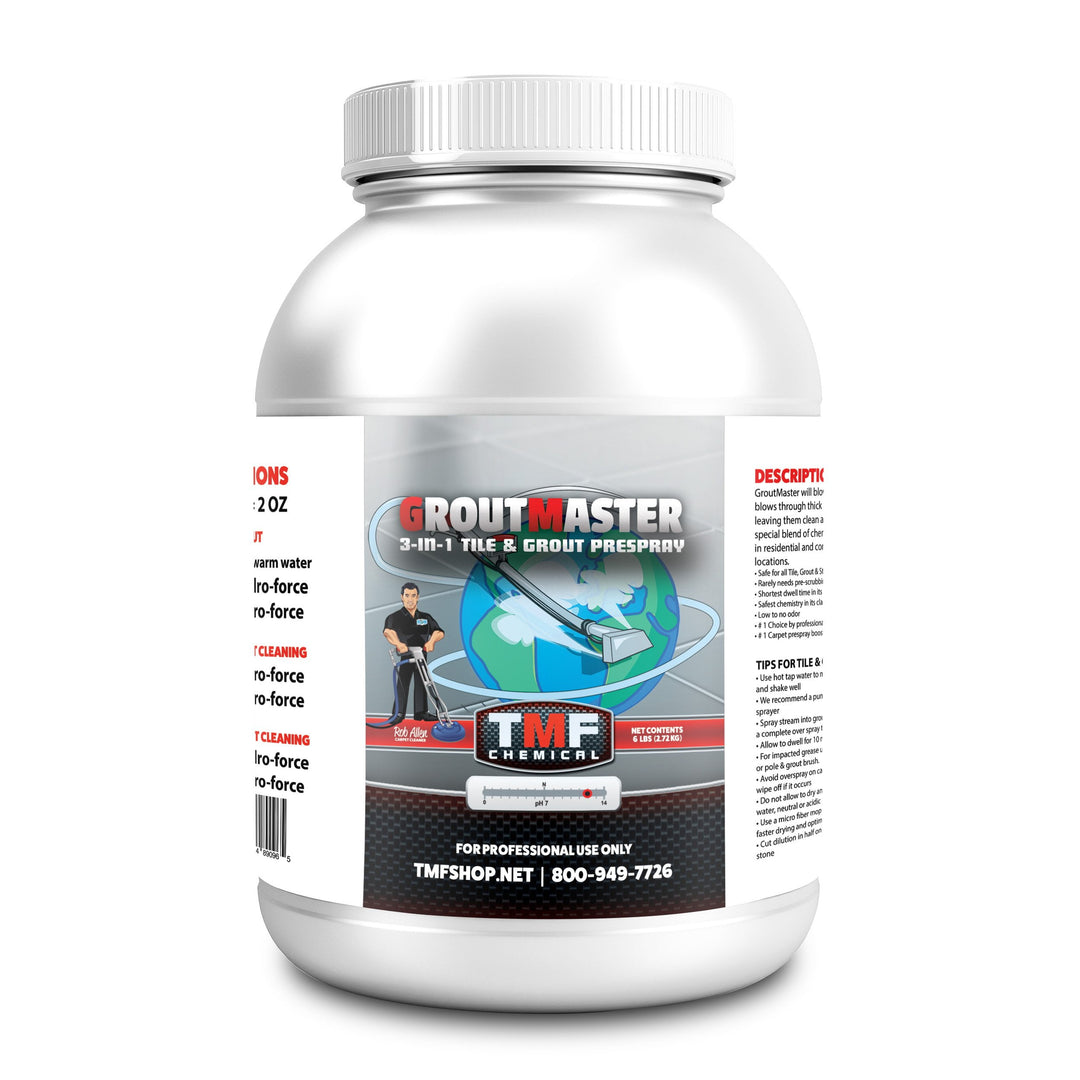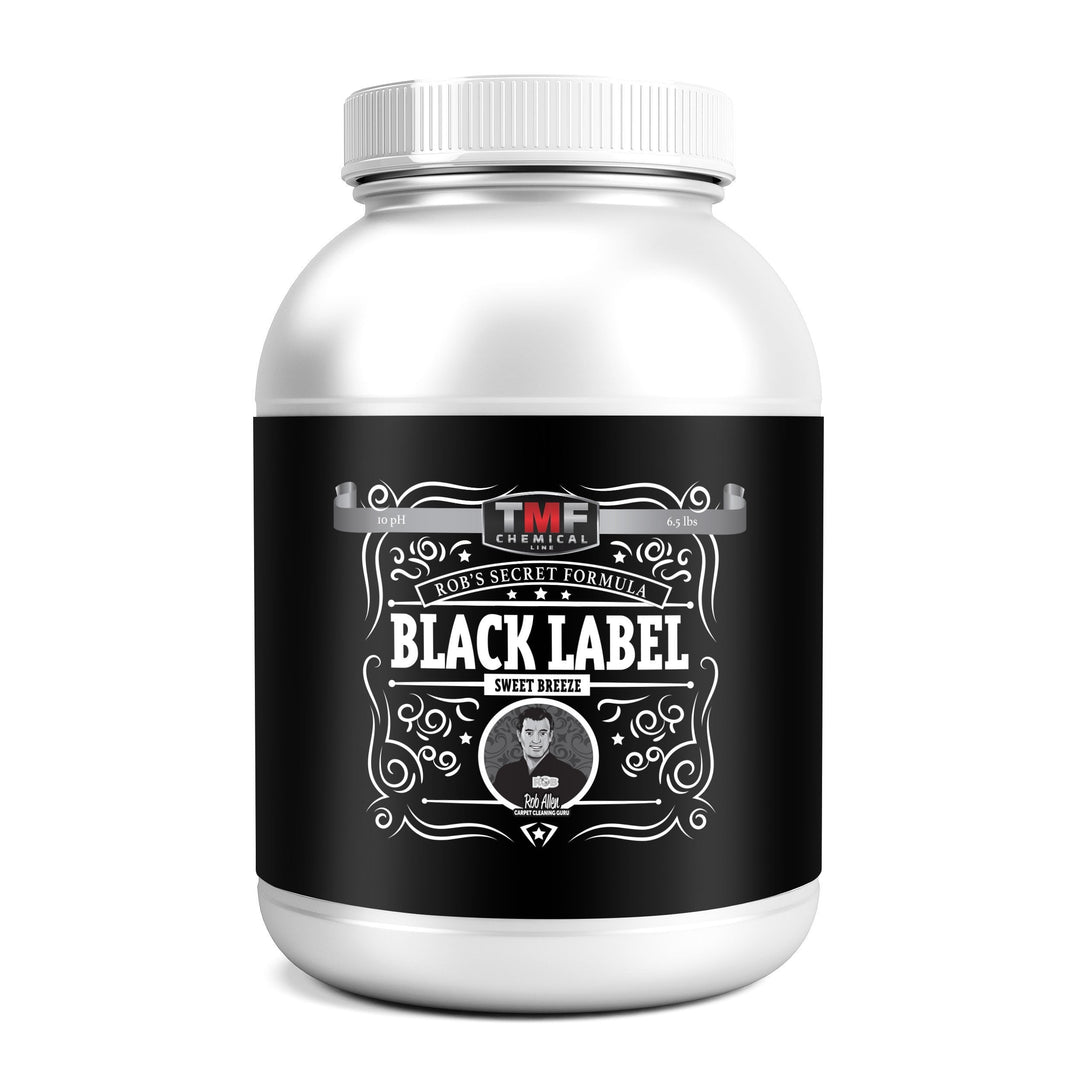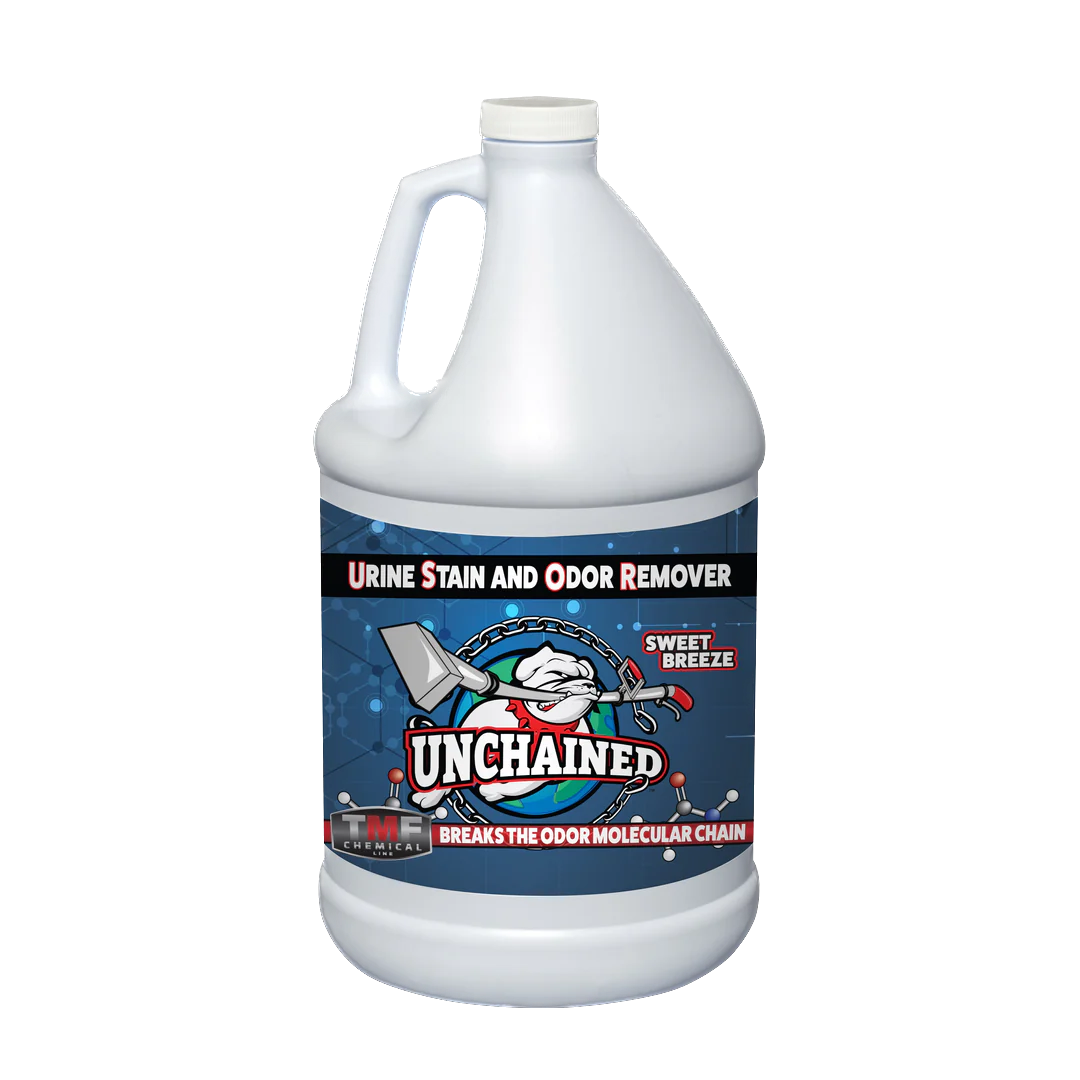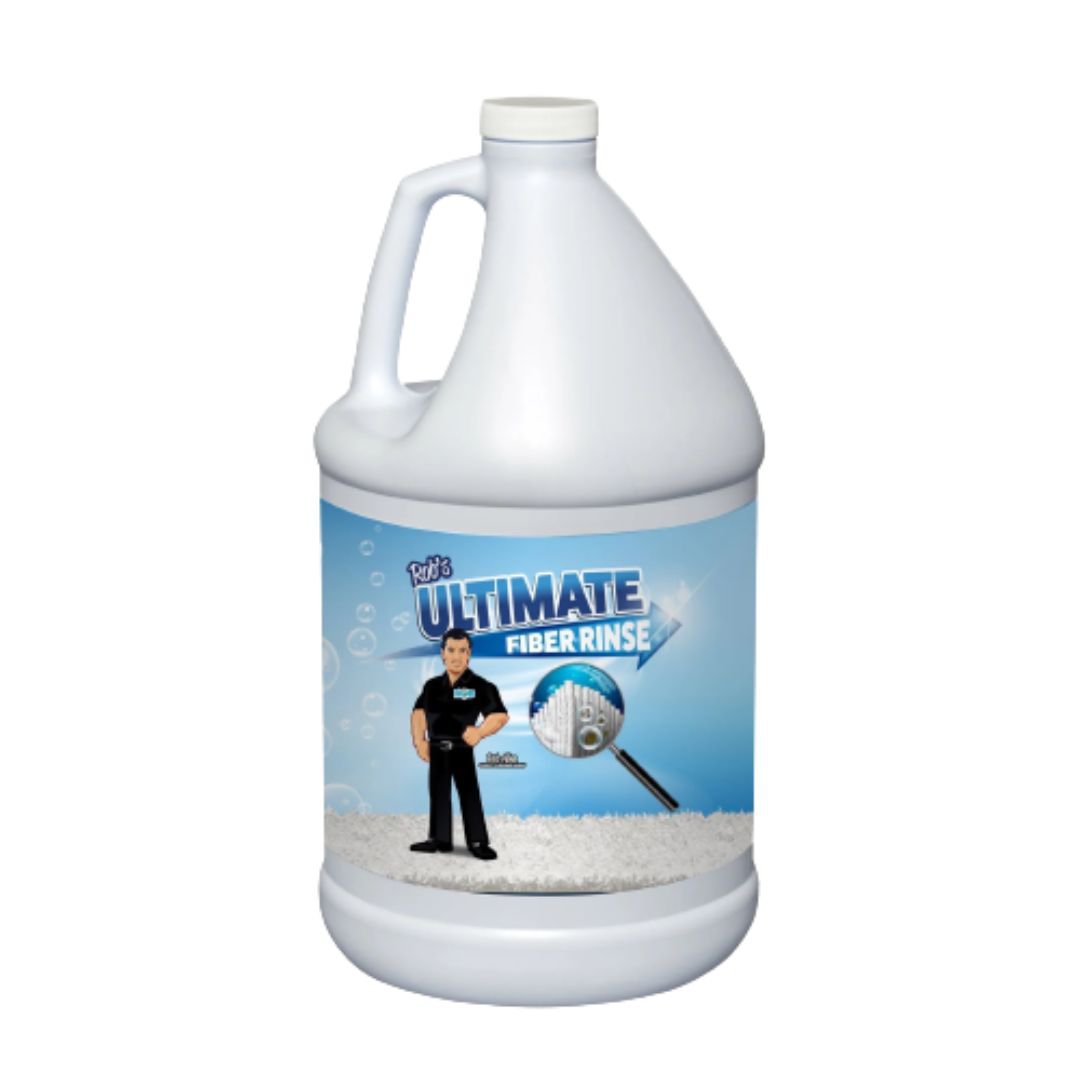How to Remove Hand Oil from Wood Furniture
Everyone has that one piece of wood furniture in their home - an heirloom, an antique, or just a piece that speaks to their soul. It’s witnessed countless conversations, dinners, late-night ponderings, and moments of laughter. But with those cherished memories comes the inevitable: the lingering hand oil that mars the otherwise pristine facade. The good news is that your wooden masterpiece isn’t lost; like the beautiful memories it cradles, it too can be renewed.
This article outlines the step-by-step process of removing hand oil from wood furniture. We'll explore what you need, as well as the right techniques to get your piece of furniture looking new again. Keep reading!
How to Remove Skin Oil from Wood Furniture
As we’ve discovered, skin oil contains fats and waxes that can quickly damage a wood surface. When left untreated, the oil can build up on the furniture's surface and cause discoloration or changes in texture. To avoid further damage, you need to remove the oil as quickly and effectively as possible.
You'll need:
- Mild detergent
- Soft cloth
- Mineral spirits
- White vinegar
- Soft brush
- Vacuum cleaner
Step 1: Assess the Damage
The first step is to assess the damage. Take a look at the surface and note any discoloration or changes in texture caused by skin oil. This will help you decide which cleaning method to use.

From our experience, assessing the damage will also help you gauge how much time, effort, and supplies you'll need to get the job done. This is something you should always remember to do, whether you’re removing spilled paint from wood furniture or getting rid of blood stains out of wood.
Step 2: Prepare the Area
Before you start cleaning, make sure to prepare the area. Cover any furniture or carpets with an old sheet or towel and remove any objects from the surface of the furniture, such as vases or lamps. This will protect them from potential damage caused by cleaning agents.
Step 3: Make a Cleaning Solution
Mix a mild detergent with water, creating a soapy solution. Ensure the detergent you use is mild and free of any harsh chemicals. We recommend you avoid using abrasive materials or products, as they may scratch the wood surface and cause further damage.
Step 4: Clean the Wood
Dip a clean cloth into your cleaning solution and wring it out until it’s damp. Wipe down the entire area with the damp cloth, cleaning away any dirt or dust buildup. This will help loosen the skin oil, making it easier to remove. For stubborn stains, you can use a high-quality counter-rotating brush. However, don’t clean too hard with this machine to avoid wood damage.
Step 5: Remove Stubborn Areas
If any stubborn areas won't come off with your damp cloth, you can use mineral spirits or white vinegar. When using vinegar, make sure to dilute it with two parts water before applying it to the wood. It contains acidic properties that can help dissolve the oil. It can also be used to get ink out of wooden furniture or remove nicotine stains from furniture.
Mineral spirits should be used sparingly and only in areas that need extra attention. It contains more solvent than vinegar and can strip away the wood's protective finish if used excessively. However, it's a powerful weapon that can effectively get oil marks out of wood and remove black stains from wood furniture.
Step 6: Scrub Away Residue
Once you've applied the cleaning solution or vinegar, use a soft brush to scrub away any remaining residue. We advise you to scrub lightly - you don't want to cause any further damage. For large furniture pieces, you can use the counter-rotating brush for deeper cleaning.
Step 7: Vacuum
Once you've finished scrubbing away the residue, vacuum the area. This will ensure all of the cleaning agents, dirt, and dust are removed from the wood surface.
Step 8: Polish
Finally, polish your furniture to restore its shine and luster. Use a cloth that’s slightly damp with furniture polish or oil to buff the wood and make it look as good as new.
Conclusion
Following these steps will help you effectively remove hand oil from your wood furniture. From what we’ve learned, it's important to remember that skin oil can damage wood, so it's essential to take steps to limit the spread and buildup of oils.
With proper maintenance and cleaning, you can keep your wooden furniture looking beautiful for years to come.
Did you find our blog helpful? Then consider checking other guides:
- How to Get Water Stains Out of Wood in Minutes
- How to Remove Stain from Wood Furniture
- How to Remove Odors from Wood Furniture
- How to Get an Alcohol Stain out of Wood
- How to Get Grease out of Wood
- How to Get Berry Stains Out of Wood
- How to Remove Sticky Residue from Wood Furniture
- How to Clean Grease off Hardwood Floors
- How to Get Rid of Slick Spot-on Hardwood Floor
- How to Remove Water Stain from Wood Floor
- How to Get Oil Out of Wood Floor
- How to Get Red Wine Out of Wood
- How to Get Nail Polish Out of Wood Floor
- How to Get Dog Urine Out of Wood Furniture
- How to Get Cat Urine Out of Wood Furniture







